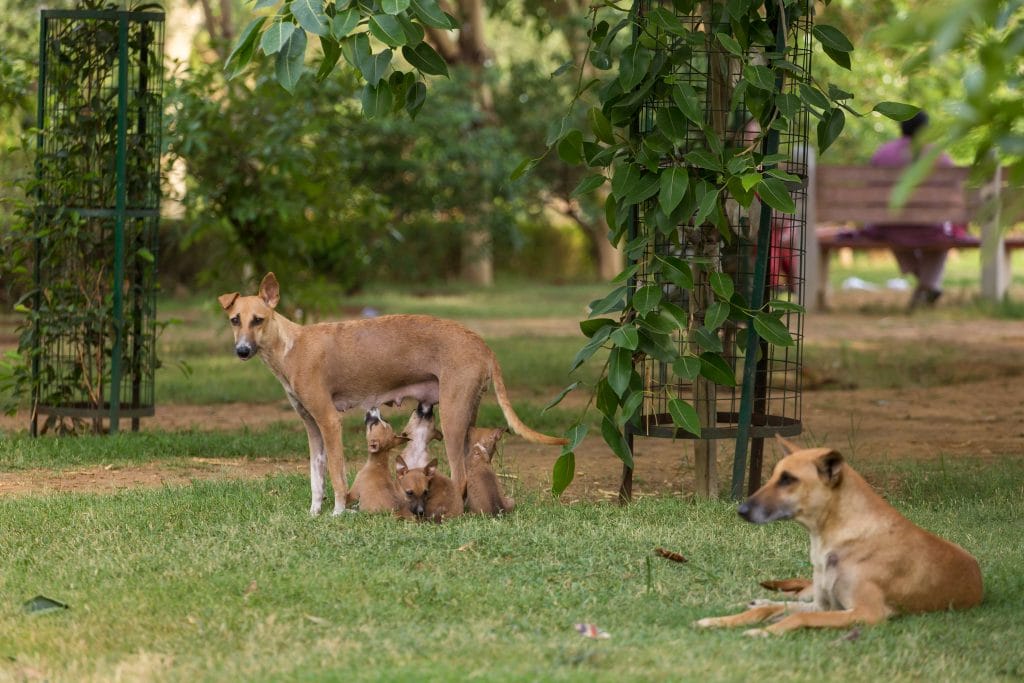In 2017, rabies killed every single person who was infected in India. No other disease can claim such a high mortality rate. Though becoming less frequent, rabies is still a considerable concern in India due to this considerable mortality rate.

Prevalence of rabies in India
Rabies is a complex disease in terms of its prevalence. It is rarely picked up by media stories due to its relative rarity compared to other conditions such as malaria. However, its high death rate would be expected to place it higher in the public profile. Its scarcity in the public mind may be dampened by the fact that despite the high mortality rate, the number of deaths are low in comparison to other diseases with lower mortality rates.
This is not to say that deaths due to the disease do not occur. In fact, at roughly 21,000 deaths per year, India accounts for around a third of the world’s rabies deaths. This is despite the fact that the disease is entirely vaccine preventable.
Shortages of vaccines are a major issue, even though vaccines are produced domestically. This is partially due to logistical shortcomings, with many more individuals seeking to procure the vaccine in many cities than supplies acquired can cope with. Many states, such as Delhi, have made plans to acquire more vaccines to prevent this.
Mismanagement, however, is not seen across all of India. Success stories such as that of Goa demonstrate that rabies can be managed. No rabies cases have been reported since 2018, with state officials claiming the disease could be declared eradicated within the state.
Symptoms
Among the first symptoms to occur following a rabies infection are fever and headaches. These are generic symptoms common to many infections and therefore easily mistaken for other conditions. Medical attention should be sought after following a scratch or bite from an animal, as by the time symptoms begin to occur, the disease is nearly impossible to treat.
A few days after the initial symptoms occur, more severe issues begin to arise. Confusion, irritability, or even hallucinations may begin to occur. These symptoms then combine with muscle spasms, paralysis and difficulty breathing and swallowing — a combination that typically results in fatality.
Prevention and treatment
As seen in Goa, there are several successful means by which to prevent rabies. Vaccination campaigns are the primary method of prevention, though other methods can reduce transmission.
The primary vector for the disease in infecting humans is through animal bites, most commonly from stray dogs. Vaccination campaigns, as well as targeted monitoring and campaigns to sterilise and control the population of wild dogs, have also been shown to be effective.
The standard treatment is a four shot course of anti-rabies vaccinations and rabies immunoglobulin. The first of these four shots must be applied immediately after the infected wound is washed. This presents a narrow timeframe for effective treatment.

